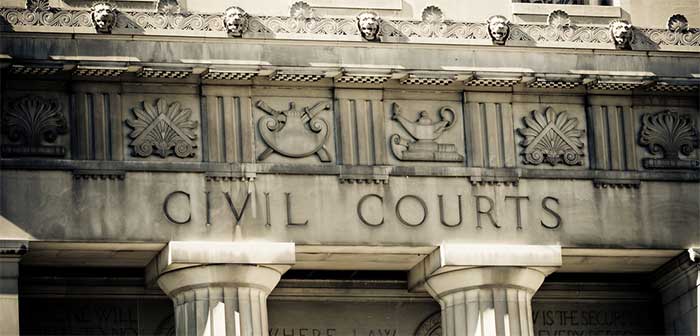Almost two months after a jury verdict finding a public entity liable for decedent’s wrongful death, counsel for both sides finally agreed at a post-trial mediation, tentatively, to settle the matter; but they faced a unique dilemma.
The jury had awarded a substantial verdict for the plaintiff at trial. Yet there remained significant risks facing the plaintiff’s side: these included legal and evidentiary issues that had already been raised by the public entity’s pending motion for new trial, and numerous issues that might be raised on appeal.
The dilemma impeding the proposed settlement was that the hearing on the public entity’s motion for new trial was set for the following week, just three days before the sixty-day, statutory deadline for the court to adjudicate such a motion, a firm deadline established by Code of Civil Procedure Section 660. The hearing on that motion could not, therefore, be continued to see if the settlement could be made final: the statutory deadline controlled.
But the governing board for the defendant public entity, which had to approve the proposed settlement before it could become final, was not going to meet for three more weeks. By that time, the court’s ruling on the motion for new trial would have been issued and disclosed, in accordance with the statute; and the existing uncertainty of both parties as to the resolution of that motion, which had been a major factor motivating the proposed settlement (i.e., would the trial court uphold the verdict or not?) would have been removed.
The solution arrived at by the parties was to ask the trial court to rule upon the motion for new trial in a timely manner, as it was required to do by statute; but to seal that ruling for 60 days to permit the parties, in the interim, to finalize the settlement while the court’s ruling was still unknown to them. The court granted the motion, and sealed its ruling for the desired 60 days’ duration. The parties (still ignorant as to how the court had actually adjudicated this critical post-trial motion) subsequently obtained approval from the entity’s governing board to finalize the proposed settlement, rendering the court’s ruling on the submitted motion moot.
This is but a single example of a handy, but often neglected, tool for the litigator, in both tort and contract cases: sealing a court “record,” either permanently or for some duration. The manner of accomplishing this end is set forth in California Rules of Court 2.550 and 2.551, as derived from NBC Subsidiary (KNBC-TV) v. Superior Court (1999) 20 Cal4th 1178.
What Does Sealing A Court Record Mean?
For purposes of these Rules, a “record” is defined as all or a portion of any document, exhibit, or transcript filed or lodged with the court, except records otherwise required to be kept confidential by law. The definition includes discovery materials to be used at trial or submitted as a basis for adjudication of matters other than discovery motions (e.g., documents submitted as part of a motion for summary judgment). CRC 2.550(a) and (b). Pursuant to Rule of Court 2.550(c), court records are presumed to be open.
What Are The Requirements To Seal A Court Record in California?
“The court may order that a record be filed under seal only if it expressly finds facts that establish:
(1) There exists an overriding interest that overcomes the right of public access to the record;
(2) The overriding interest supports sealing the record;
(3) A substantial probability exists that the overriding interest will be prejudiced if the record is not sealed;
(4) The proposed sealing is narrowly tailored; and
(5) No less restrictive means exist to achieve the overriding interest.”
CRC 2.550(d).
An order obtained by a party sealing a record must specifically state the facts that support these findings. CRC 2.550(e). The court must not permit a record to be filed under seal based solely on the agreement or stipulation of the parties. CRC 2.551(a).
What Is The Procedure To Seal A Court Record in California?
The procedure for filing a motion or application to seal a record is set forth in Rule of Court 2.551(b). That Rule also sets forth the procedure for lodging the proposed sealed record, in an envelope, pending the motion; and the procedure for unsealing a record. CRC 2.551(b)-(h).
In appropriate situations, counsel should carefully consider seeking an order sealing records, as permitted by these Rules. Sealing a record might be appropriate in a myriad of situations: for example, employment disputes; disputes involving proprietary or confidential business methods or trade secrets; and cases involving private personal relationships. These two Rules set forth the only means to accomplish this end in civil cases, and familiarity with them may well prove beneficial to any practitioner.
Photo credit: https://www.flickr.com/photos/senzenina/4095992597/

